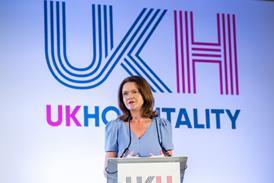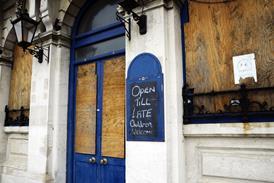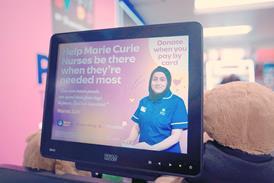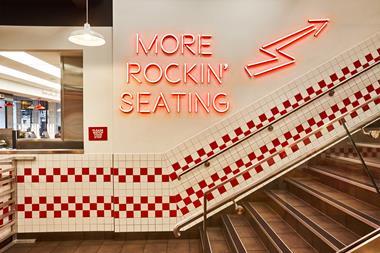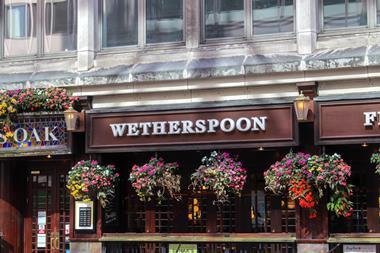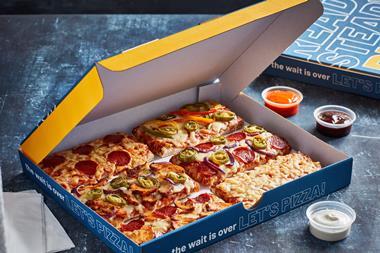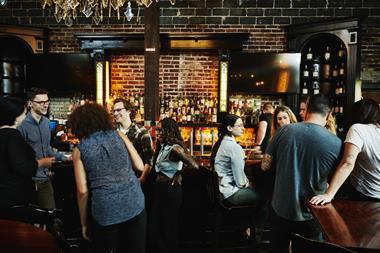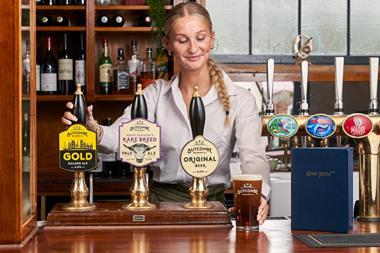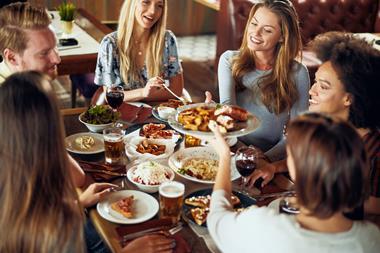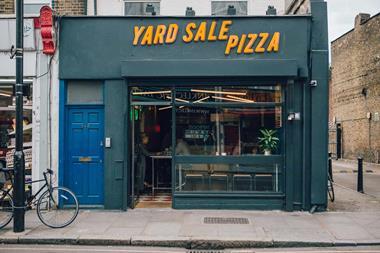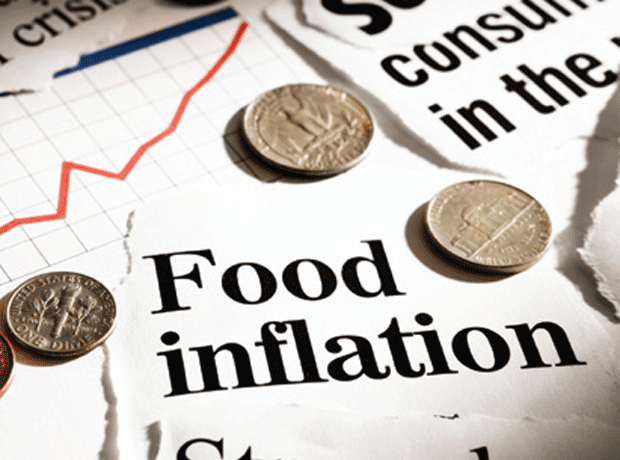Almost a third of consumers have said they will eat out less frequently than they did pre-coronavirus when the lockdown period ends, new research by CGA has revealed.
According to its latest consumer poll, although the majority (61%) of UK consumers told CGA they planned to eat out the same amount post-coronavirus as they did before the pandemic, 31% said they would eat out less frequently, and just 7% said they would eat out more.
The feedback was similar for drinking occasions, with 35% planning to reduce their frequency of drinking out visits after the closure period, and just 59% saying they would maintain their current visit rate.
Money worries were cited as a key contributor to the dip in planned visits, and 51% of those surveyed saying they were concerned about the long-term financial impact of the virus.
When asked which out-of-home brands they would miss the most during the closure period, JD Wetherspoon came out on top, although given its recent negative press, it was also the brand that most consumers (19%) had negatively change their opinion about.
Nando’s and Pizza Hut also made the top three of brand’s most missed, followed by Toby, Harvester and Five Guys.
“The results put into context the task that those pub, restaurant and bar operators that do eventually emerge the other side of the lockdown will face in getting the public back into their establishments,” said Phil Tate, CGA group chief executive.
“But what the survey also showed is that those that go-out most are the ones most likely to return to old habits, and they will be undoubtedly the main focus of renewed marketing efforts.”
Precis
One in three will eat out less post-lockdown
Almost a third of consumers have said they will eat out less frequently than they did pre-coronavirus when the lockdown period ends, new research by CGA has revealed. The majority (61%) of UK consumers told CGA they planned to eat out the same amount post-coronavirus as they did before the pandemic, 31% said they would eat out less frequently, and just 7% said they would eat out more. A third are planning to reduce their frequency of drinking out visits after the closure period, while 59% said they would maintain their current visit rate.

